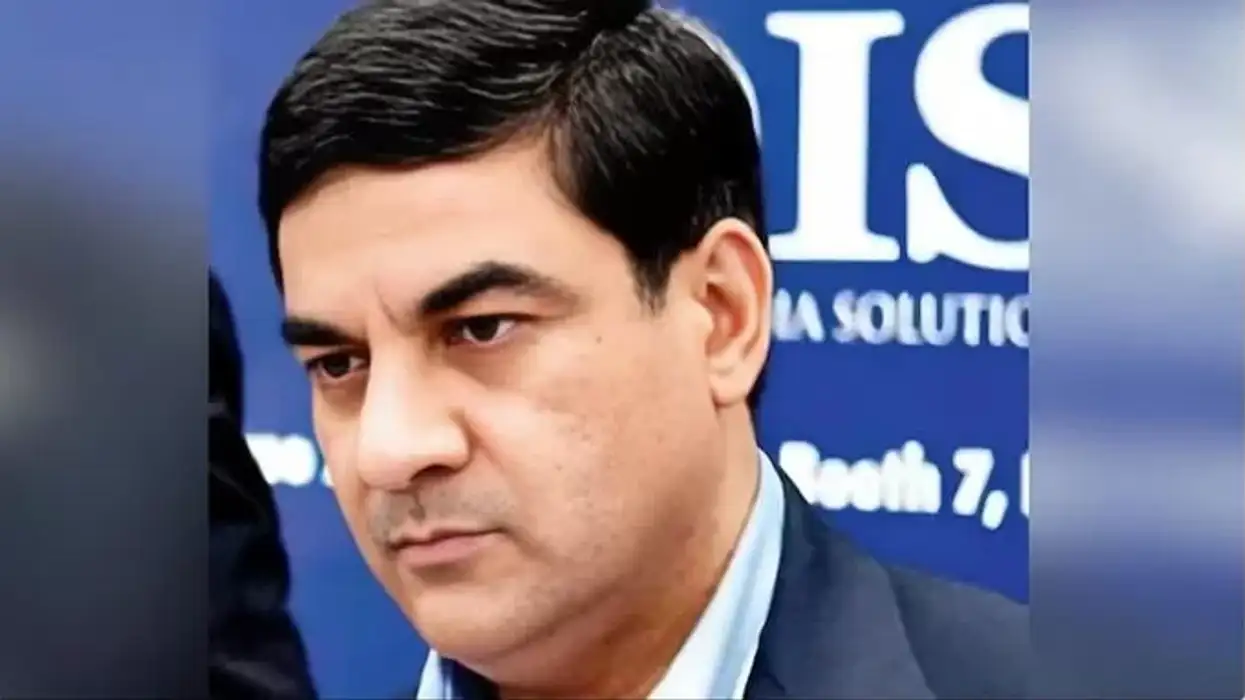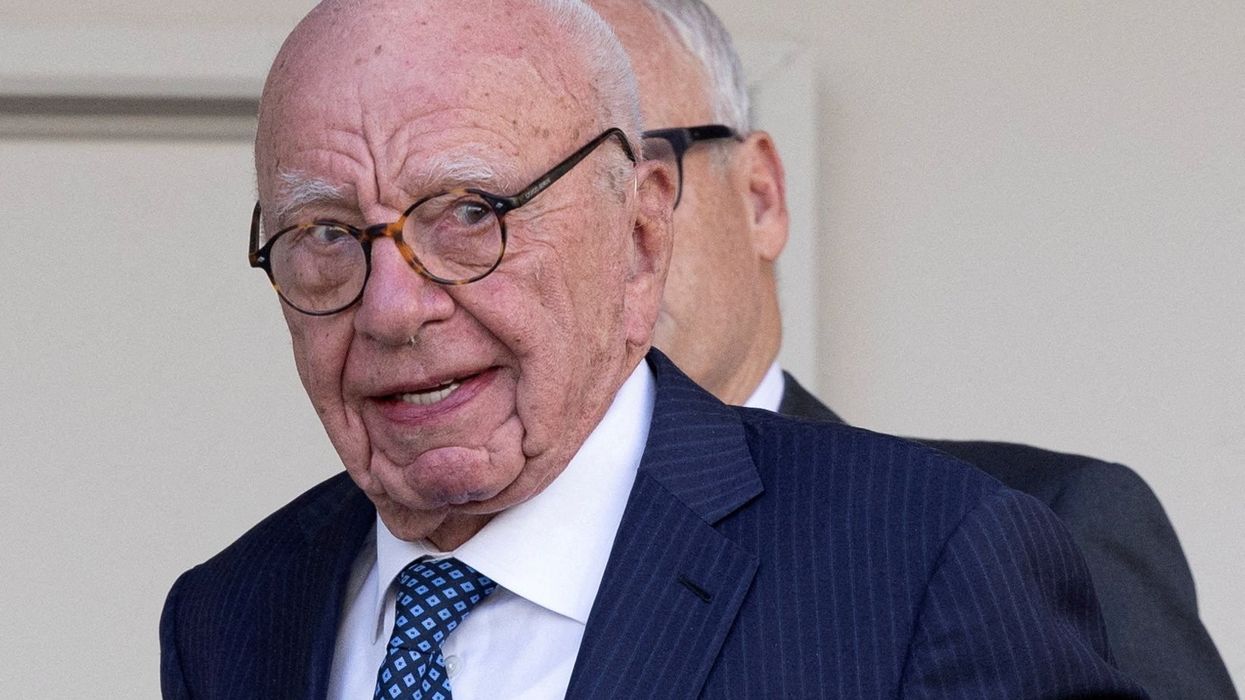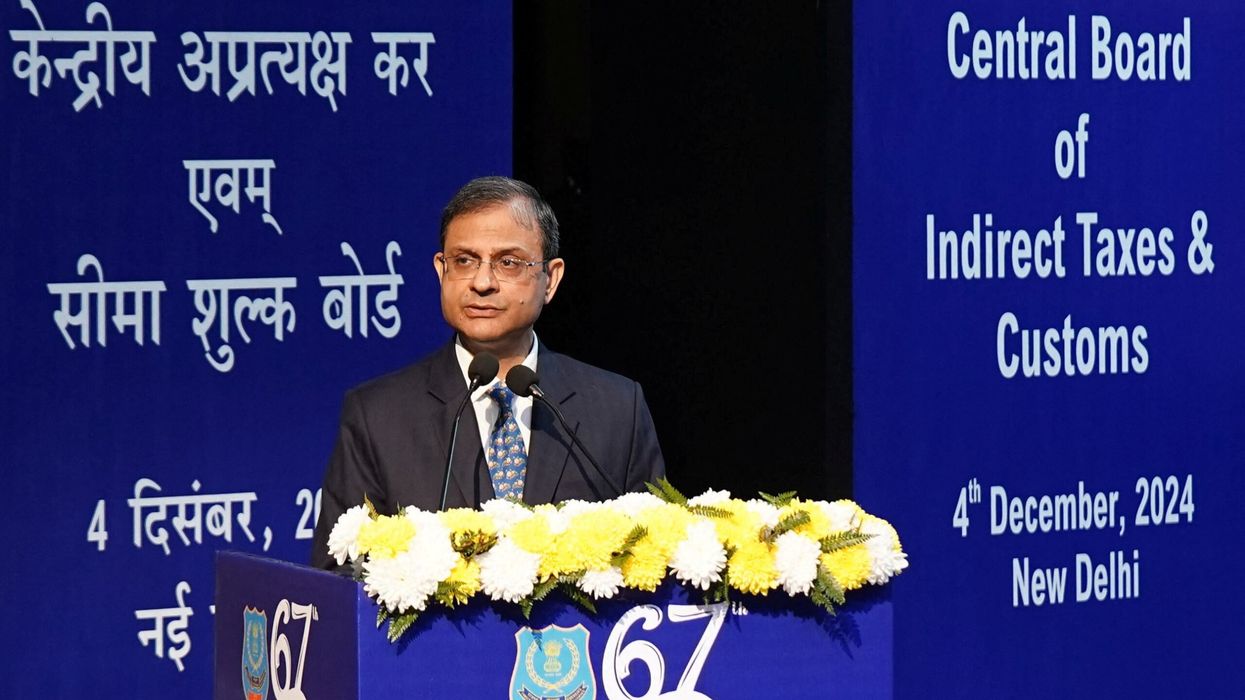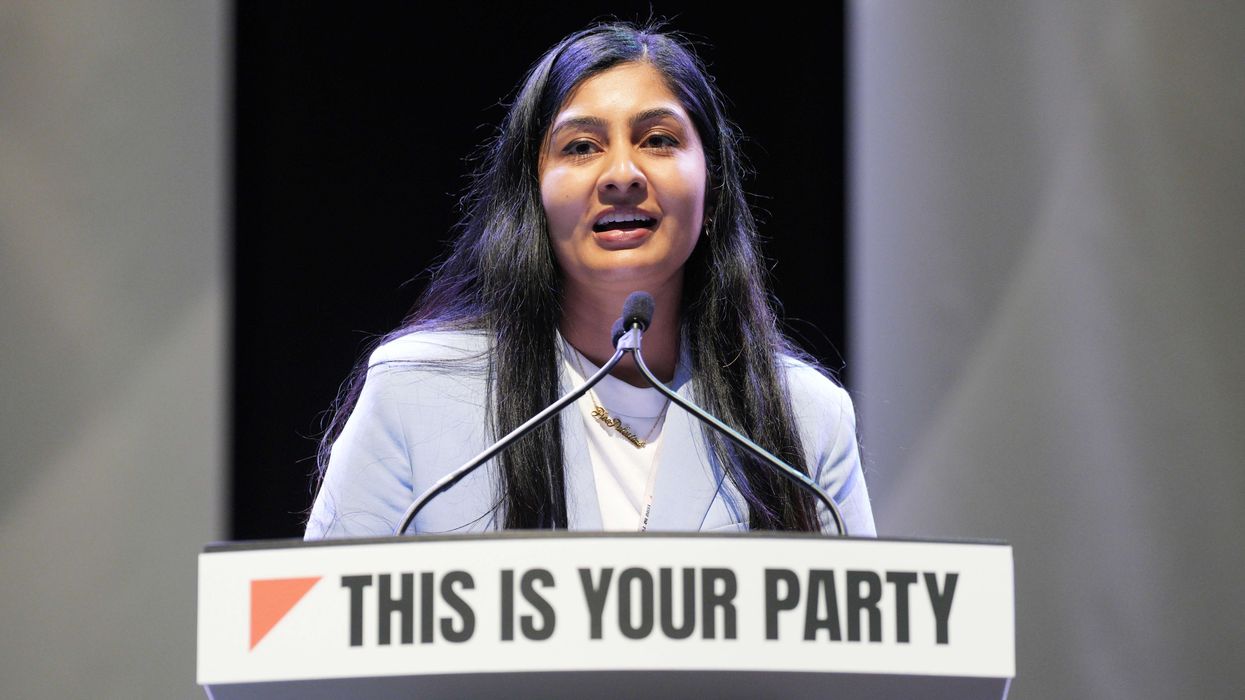Parliament approved India’s biggest overhaul of indirect taxes on Monday (August 8) after the lower house ratified a constitutional amendment that prime minister Narendra Modi called a major step to make doing business easier.
The proposed goods and services tax (GST), one of the most significant reforms in recent times, will harmonise a mosaic of state and central levies into a national sales tax, creating a single customs union.
It is widely expected to reduce business transaction costs, with potentially significant long-term growth benefits.
Under the new regime, companies will get offsets for taxes paid at different stages of the supply chain, mitigating the dangers of double-taxation.
Modi hailed the passage of the bill as a “great step by team India, (a) great step towards transformation, great steps towards transparency”.
“Today, an important move to free the nation from tax terrorism has begun,” he told lawmakers in the lower house of parliament.
Experts said the tax could eventually help boost India’s already strong economic growth by up to two percentage points.
“Consumption will go up, production will go up, investments will go up, investment into production will go up, so this is a great development,” said Adi Godrej, chairman of consumer goods giant the Godrej Group.
“To my mind, it is the biggest economic reform after the liberalisation of 1991,” he said, referring to historic moves to open up India to international trade.
The Modi government’s most ambitious reform has been a long time coming. It has been 13 years since the tax was first mooted, but forging a political consensus has been a bruising process, as the measure would curb the powers of Indian states.
Although enjoying broad political support, its passage was blocked by differences over its design, and a series of compromises agreed to win over states risks diluting the tax’s impact.
A government-appointed panel has suggested a standard GST rate of 17-18 per cent, but Indian states want a higher level.
Ironically, the GST is getting closer to the finish line under Modi who, while running the state of Gujarat, vehemently opposed it – a fact that drew criticism from opposition benches.
Modi defended his stance, saying his experience as a provincial chief helped him better understand and address states’ concerns.
“Lots of flaws have been overcome as far as the GST is concerned,” he said. “A trust between the centre and states has developed.”
The bill now needs the approval of half of India’s state legislatures, and federal and state legislatures must pass three laws to implement the tax.
While the finance ministry aims to roll out the GST from next April, some tax experts say meeting the self-imposed deadline will be a race against time.
“It is always good to set stiff targets and try meet them, rather than have no targets at all,” finance minister Arun Jaitley said of the deadline.
Governor of the Reserve Bank of India (RBI) Raghuram Rajan said while timely implementation of GST will be “challenging, there is no doubt that it should raise returns to
investment across much of the economy, even while strengthening government finances over the medium term”.
In a fourth bi-monthly monetary policy statement, Rajan added: “This should boost business sentiment and eventually investment.”
About 150 countries worldwide have some form of GST or VAT (Value Added Tax), according to the Organisation for Economic Cooperation and Development.












